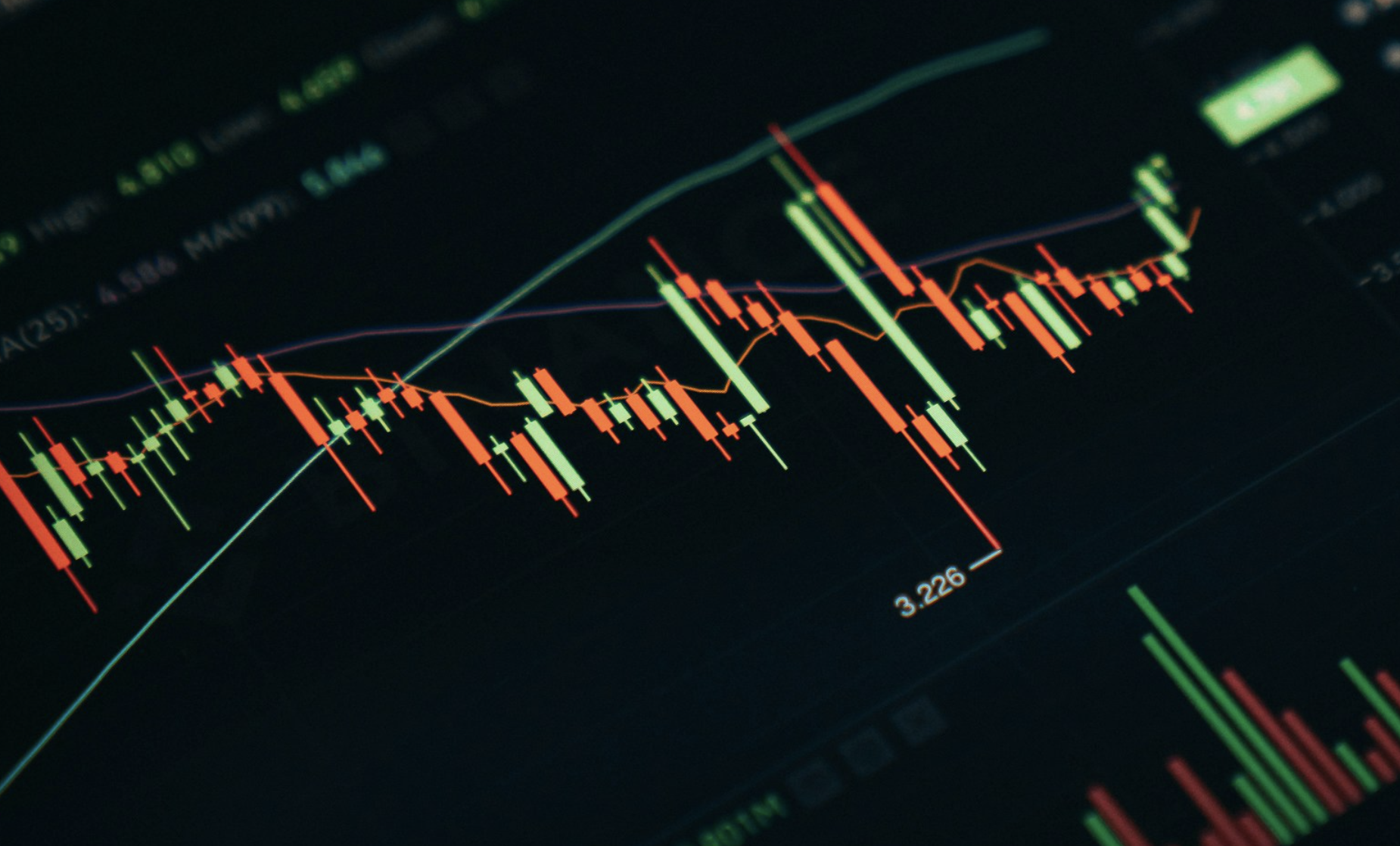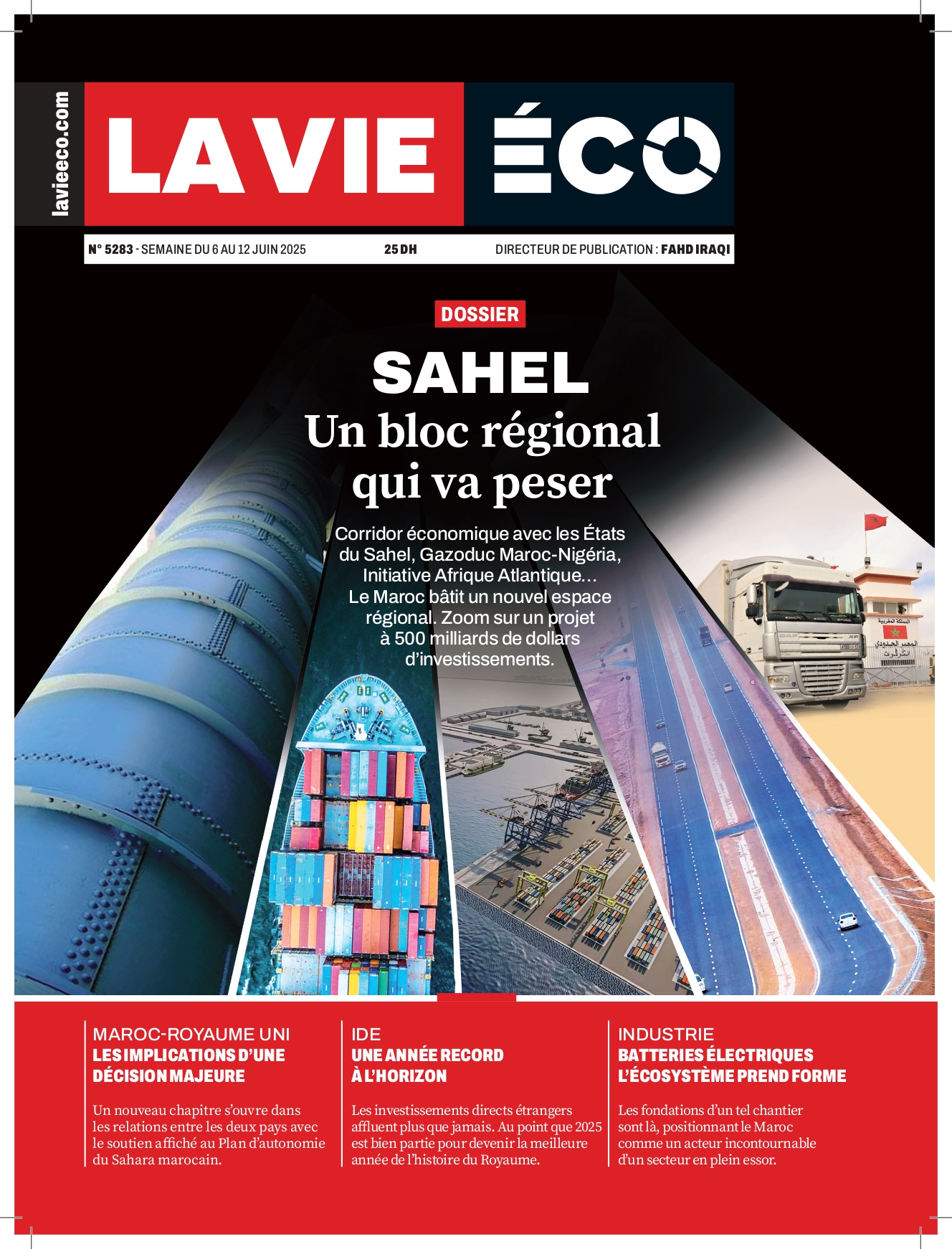International
China’s Economic Struggles: Minimal Inflation and Ongoing Deflation
In December 2023, China’s consumer prices experienced minimal growth of just 0.1% compared to the same month the previous year, marking the slowest increase in nine months and a decrease from 0.2% in November.

This stagnation highlights ongoing deflationary pressures affecting the economy, with the producer price index (PPI) declining by 2.3%. This decline represents the 27th consecutive month in deflationary territory for the PPI, despite analyst expectations of a slightly larger drop. Policymakers have been striving to stimulate demand, officially adopting a “moderately loose” monetary policy for the first time in 14 years, alongside plans to boost consumption. Beijing is also expanding subsidy programs to encourage consumers to trade in old appliances for new ones.
Analysts express concerns over the sustainability of these measures, especially in light of potential trade tensions with the incoming U.S. administration led by Donald Trump. Forecasts suggest that consumer prices could remain virtually unchanged throughout the year, with Standard Chartered anticipating a negative inflation rate and a 2.5% decline in producer prices by 2025.
Beijing is committed to meeting its 2024 economic growth target of 5% through a combination of government stimulus and robust export performance, aided by the price competitiveness of domestic goods. Consequently, the yield on 10-year Chinese government bonds has been hovering around record lows, reflecting investor expectations of a low-growth, deflationary outlook. As of now, the renminbi trades at Rmb7.33 against the dollar, following the People’s Bank of China setting a daily fixed rate at Rmb7.19, indicating relative stability amidst persistent economic challenges.
Source: Financial Times













